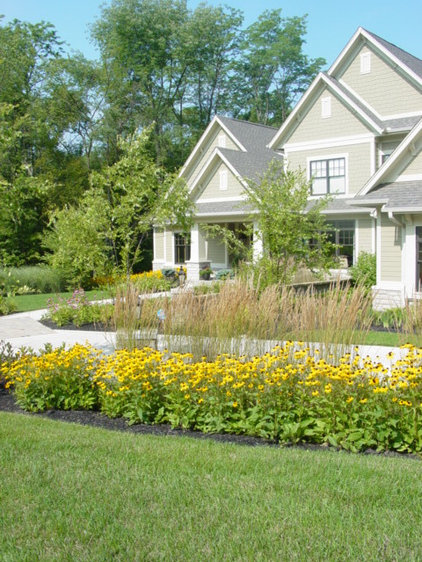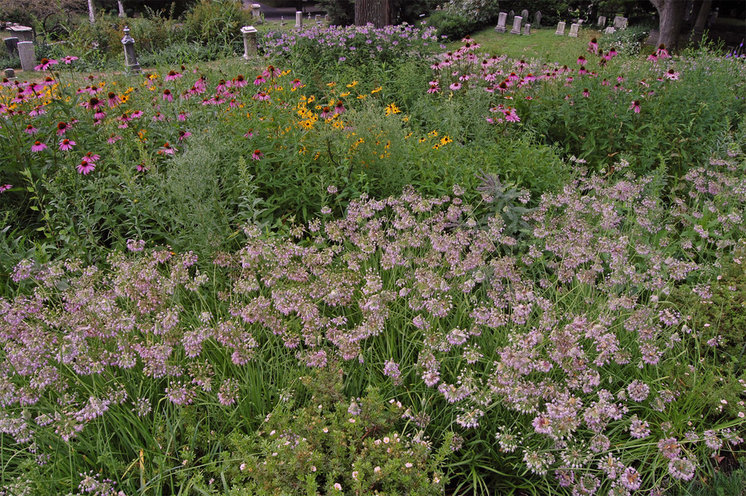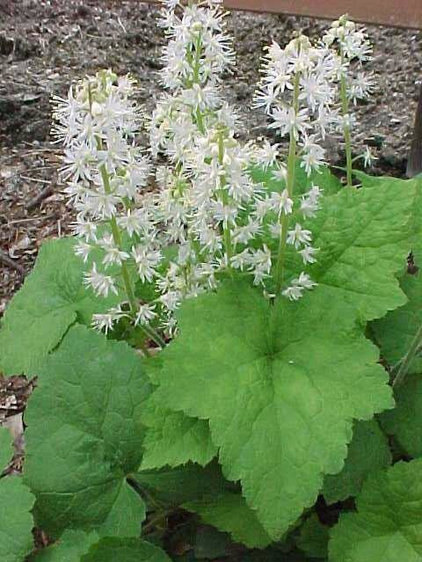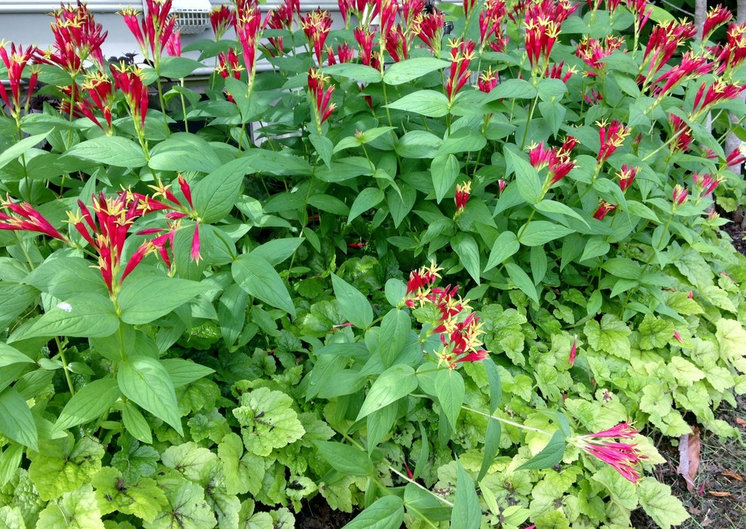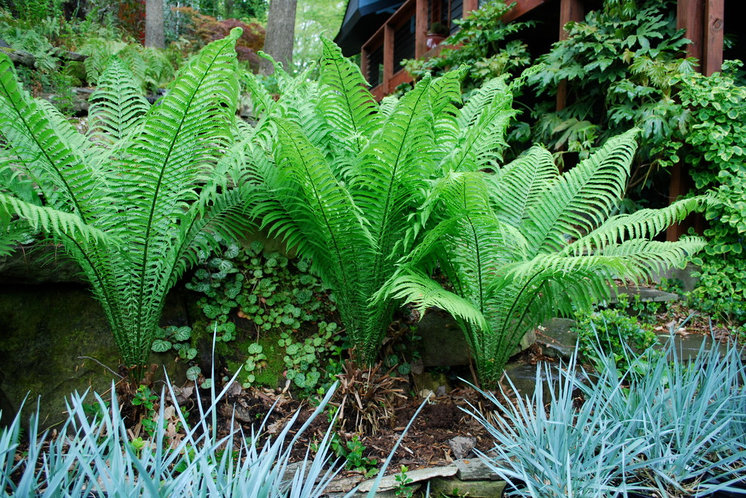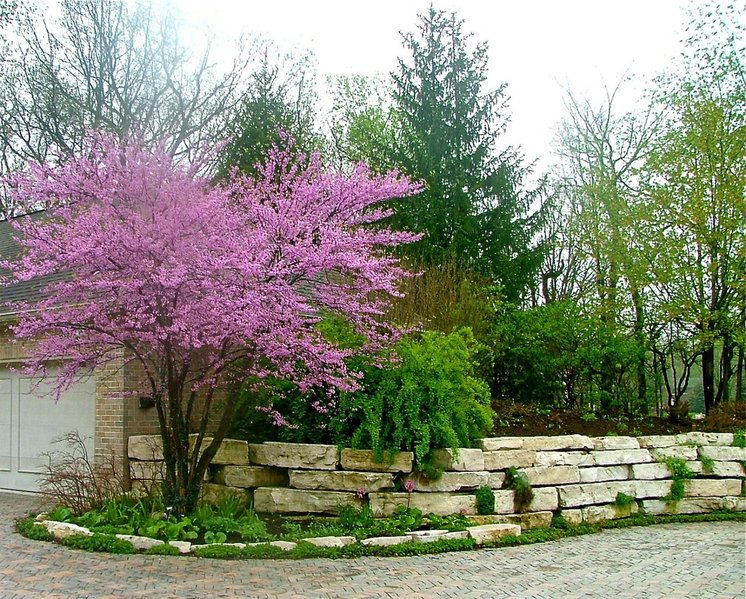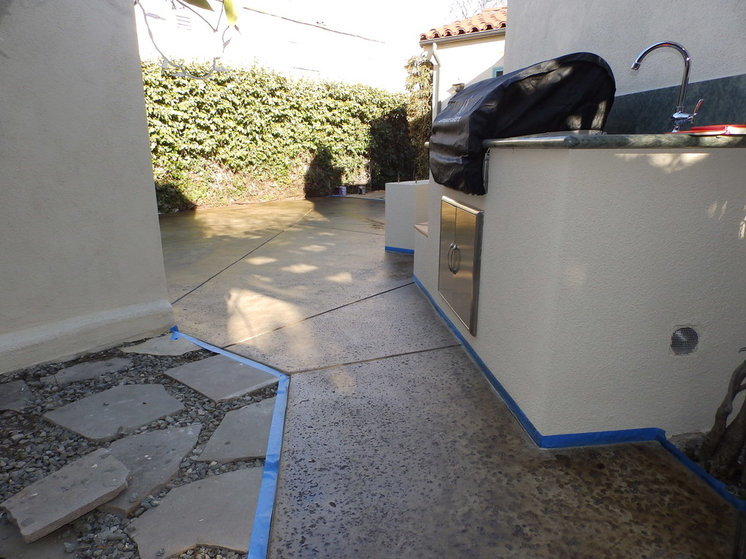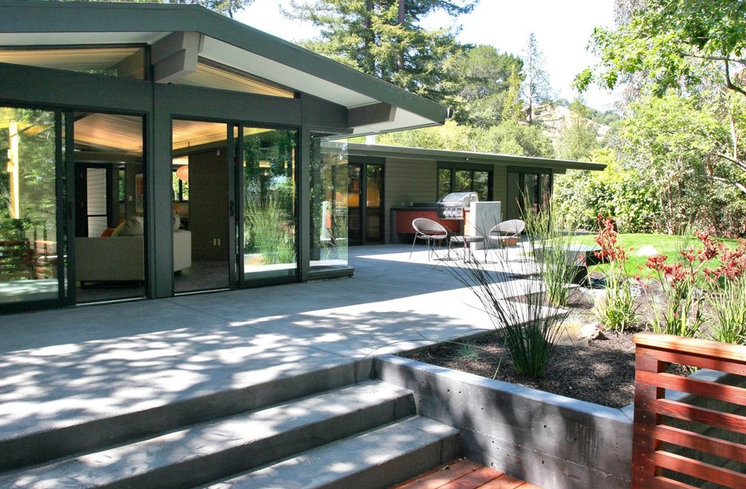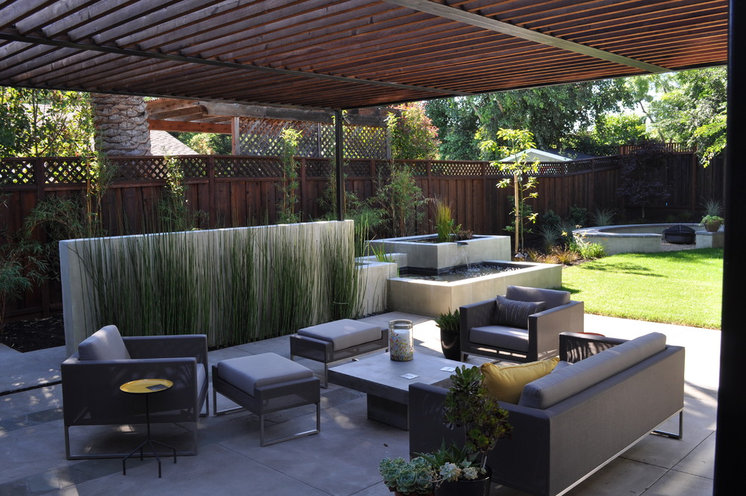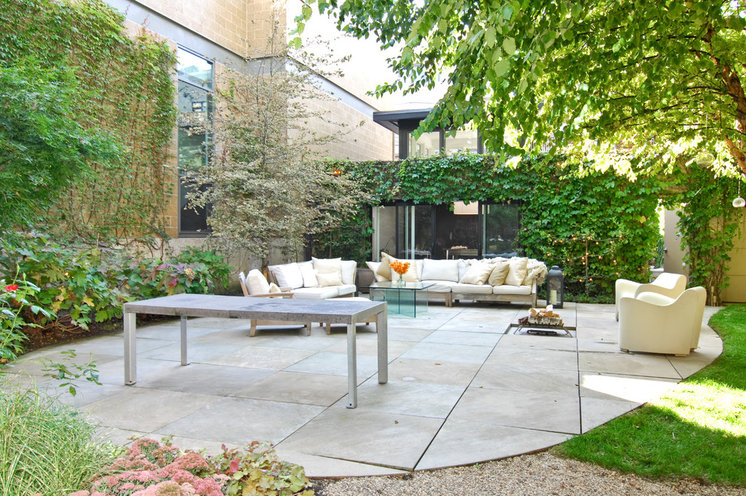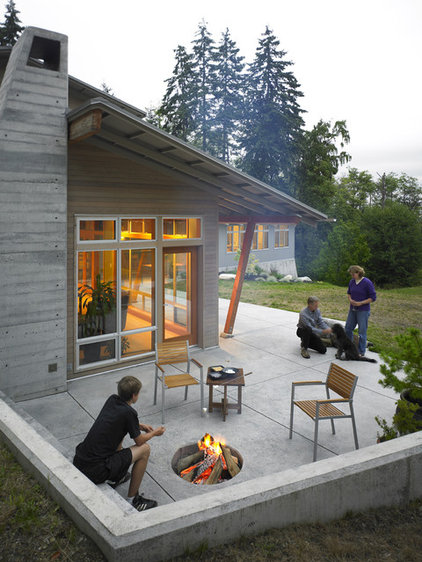“We always love articles on Curb Appeal because they help everyone. Even if you’re not preparing to sell your home, here are several simple ways to see if you have an opportunity to improve your homes First Impression.”
Denise Buck & Ed Johnson – Dc Metro Realty Team
Getting your property ready for sale can be a complicated affair. Simply cleaning your home isn’t enough—you may also need to make a few improvements to the exterior. To pique the interest of prospective buyers, it’s important to make your home look impressive from the street; in order words, you should improve its “curb appeal.” Here are ten questions to help determine if your home has curb appeal before you put it on the market.
1. Can the House Be Seen From the Street?
Prospective buyers who see and admire your home are more likely to go inside, and those who go inside are more likely to make offers. For said buyers to come in the door, they first have to see where they’re going. Take a look at your property from the street—can you clearly see the architectural details? If not, you may need to prune trees, shrubs, and other impediments so buyers can get a better look.

(Credit: Iriana Shiyan/Shutterstock)
2. Do Your Neighbors Help or Hurt You?
Since the curb in front of your home extends around your whole block, you could say that your neighborhood plays a role in your property’s curb appeal. Even if you make your home’s exterior as elegant as possible, prospective buyers may be turned off by the other homes on the block. If the other properties in your neighborhood are looking a little shabby, consider making friends with the homeowners and asking them nicely to dress up the neighborhood a bit. You might also offer to assist with small improvements or enlist the help of a local home improvement professional.

(Credit: rSnapshotPhotos/Shutterstock)
3. Does Your House Feel Private?
Even if you live in a fabulous neighborhood, you probably want a little privacy every now and again. Privacy is especially important for neighborhood newcomers, who will need some time adjusting to their neighbors. To make your home more appealing to prospective buyers, consider adding new fences, a row of arborvitae, or other privacy measures. A home with ample privacy will help buyers feel safer and more secure.

(Credit: romakoma/Shutterstock)
4. Would Someone Want to Come Inside?
When prospective buyers are thinking about touring the inside of your home, you can bet that they’re looking at the front door. A good-looking front door should beckon buyers to come inside and make them think about what their future houseguests will see. If your front door is in sorry shape, you might think about restaining it, repainting it, or replacing it altogether. If you don’t want to replace the whole door, you might just replace the hardware (door knob, lock, hinges, and knocker). An attractive wreath can also make your front door look more appealing.

(Credit: David Papazian/Shutterstock)
5. How Does Your Garage Door Look?
The garage door takes up a large portion of the average home’s façade. If this is true for your property, you’ll need to make sure your garage door looks presentable. A shabby-looking garage door may reflect poorly on the rest of your property, causing potential buyers to look elsewhere. Replacing or painting your garage door is one of the most cost-effective ways to prepare your home for resale and catch the eyes of passersby. Also, replacing your garage door is a great opportunity to ensure that it better matches your home’s other architectural features.

(Credit: karamysh/Shutterstock)
6. Is Your Hardscaping Intact?
An attractive home front should appear orderly and well-constructed. Hardscaping—which refers to the use of brick, concrete, and natural stone—is a big part of curb appeal. Your driveway, walkway, flower beds and other aspects of hardscaping should be clean and devoid of cracks. Your hardscaping should also complement the landscaping and home siding so potential buyers experience positive feelings when looking at your property.

(Credit: karamysh/Shutterstock)
7. How Does Your Garden Grow?
Good landscaping can help give your property more personality. You might consider adding some fertilizer to the grass and planting a few flowers in your yard before putting your property on the market. If your yard looks a little bare, consider filling the space with a tree or shrub. One quick and affordable solution is to place a few potted plants near your front door. Since the front door is one of the first places that potential buyers look, giving it some life is definitely a good way to go.

(Credit: fotocraft/Shutterstock)
8. Are You Clean or Cluttered?
The key to attracting buyers is to make your home look its absolute best. Removing clutter from the front lawn is important for giving prospective buyers a good look at the yard and for encouraging a positive first impression. To make your property sparkle, you might also consider power washing your home’s siding and walkway.

(Credit: Michael Courtney/Shutterstock)
9. What Color is Your Home?
Generally speaking, prospective homeowners are most attracted to neutral colors. If your home is currently a vibrant, bold color, you might consider repainting it so that it’s more attractive to a wider pool of potential homeowners. Grey, beige, light blue, off white, and light brown are some of the most popular colors for homes. Be sure to consider your landscaping, hardscaping, and the other homes in your neighborhood when selecting a new color.

(Credit: Pavel L Photo and Video/Shutterstock)
10. Do You Love Your Home?
Every homeowner wants to know that they’re buying a home that’s in good condition. If a potential buyer sees that your roof, windows, and gutters are in good shape, he or she will assume that the rest of your home is well maintained. The better your home looks, the less maintenance the new owners will have to perform after moving in. The roof is an especially important aspect of your home’s exterior, as it’s vital for keeping the elements out and costs thousands of dollars to replace.

(Credit: g-stockstudio/Shutterstock)
Originally appearing on Yahoo Homes By Pro.com
Pro.com is a website founded in 2013 by service industry entrepreneurs and former Amazon executives to simplify home services — especially research on contractor fees and qualifications.


